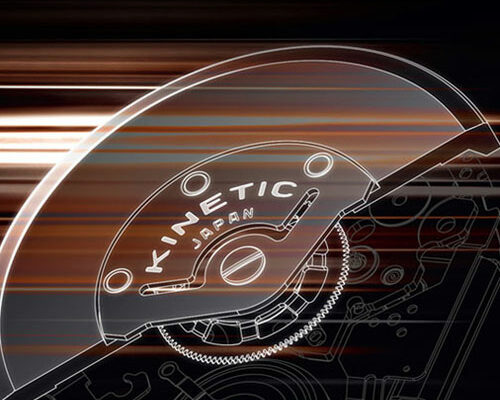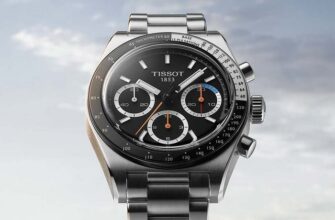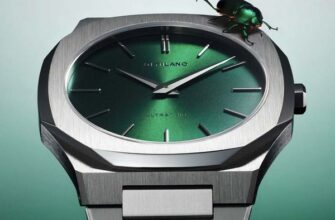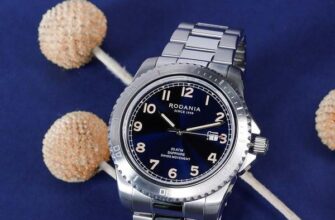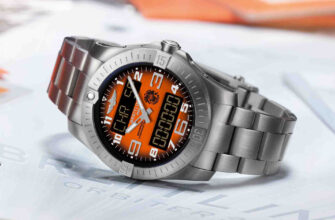Kinetic technology was developed by Seiko. Later it was adopted and used in their movements by other watch companies called "auto quartz", Powermatic, etc.
With a fully charged capacitor, men's watches will save energy for 7-14 days, even if you are not wearing them. The charge for women is enough for 3-7 days. The watch warns the wearer that the capacitor needs recharging when the seconds hand slows down by about two seconds.
Over the past 20 years, Seiko has created a series of kinetic mechanisms, each capable of satisfying all consumer tastes.
In 1986, at the Basel exhibition, Seiko presented a kinetic watch for the first time. The mechanism, tentatively named AGM, became the first in the world capable of converting movement energy into electrical energy. It was the initial step that, 20 years later, made Kinetic technology synonymous with sustainable manufacturing, quality workmanship and convenience for consumers around the world. The first commercial model (under the new name AGS) was released in 1988. Since then, over 8 million Kinetic watches have been sold (as of 2007).
In 1998, the Kinetic Auto Relay watch was released, which can work in sleep mode for about 4 years. The watch seems to "fall asleep" if you do not wear it, but it is worth shaking it and the hands will return to the exact time.
In 1999, the Ultimate Kinetic Chronograph was introduced, a masterpiece of its kind that brings together the finest technology and electronics at Seiko.
At Baselworld 2005, the presentation of the Kinetic Perpetual chronograph took place, which combines the convenience of a kinetic movement with its durability, and also has a perpetual calendar valid until 2100.
And in 2007, Seiko introduced the Kinetic Direct Drive technology.
